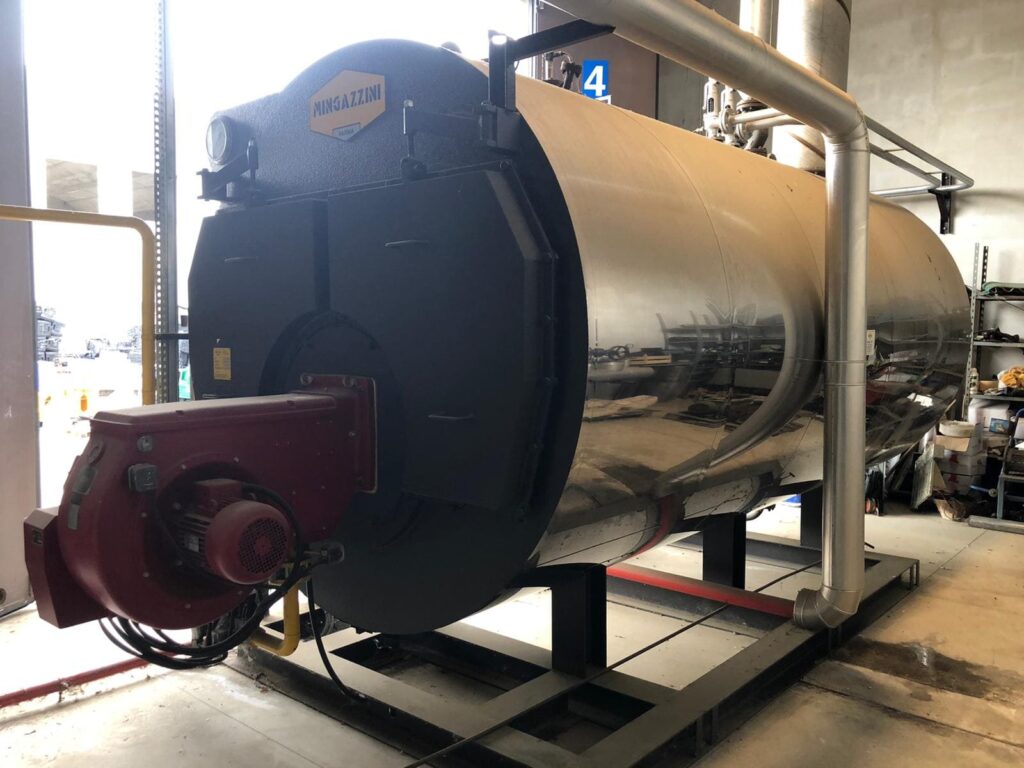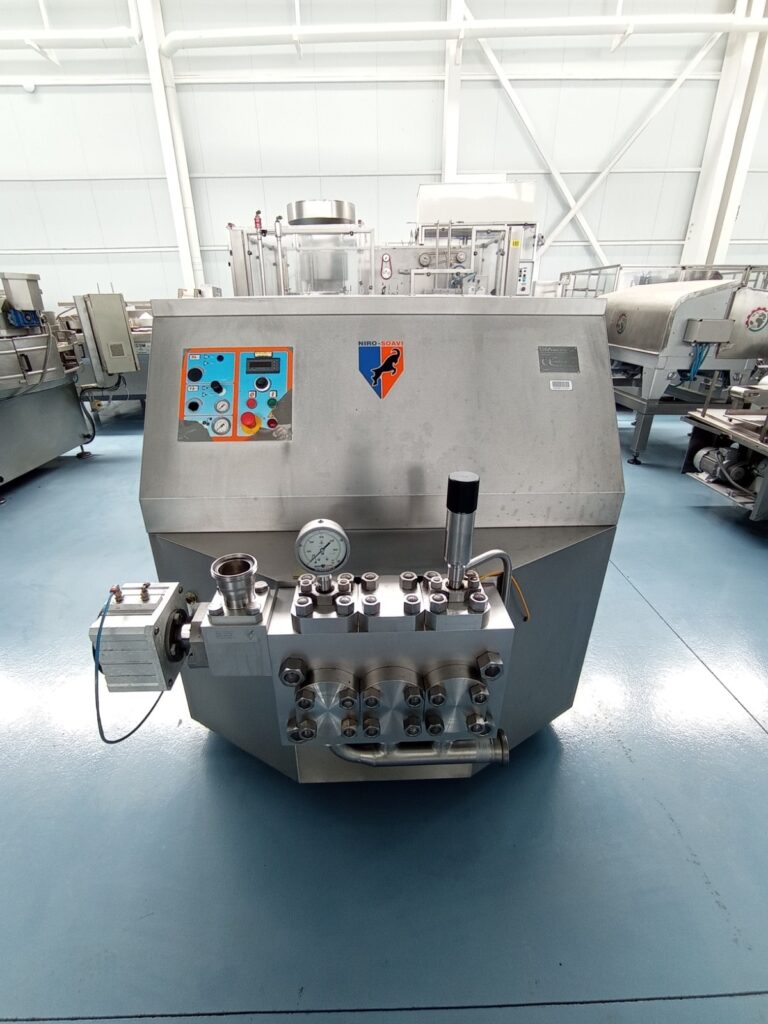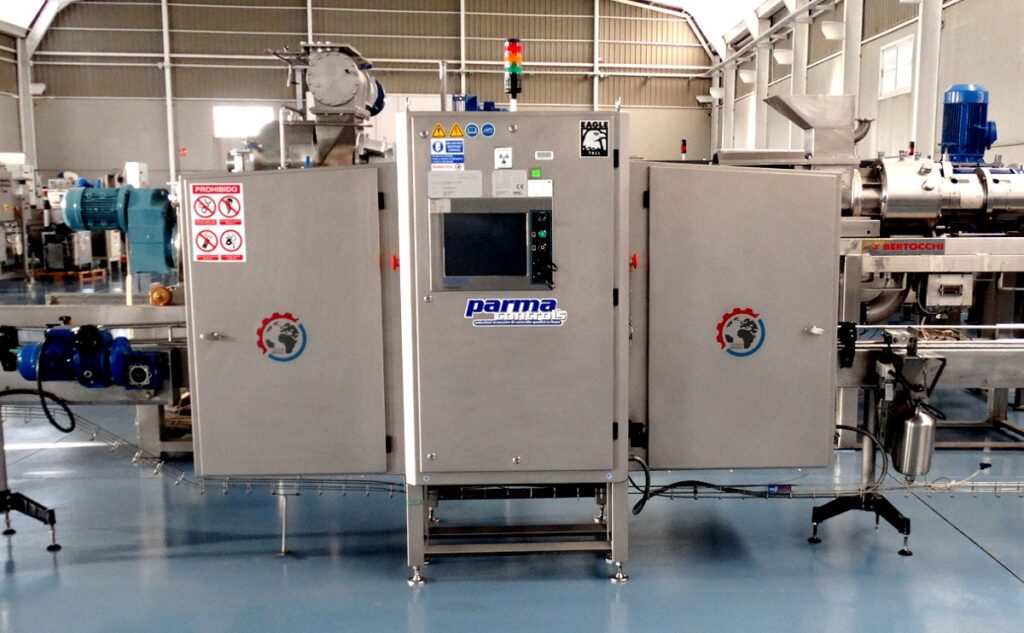Since their invention at the end of the nineteenth century, boilers have become a key element in many industries.
Even if there are several types (steam, thermal fluid, hot water, overheated water…), in this post we will focus on steam boilers in view of their relevance in the Food Industry.
TYPES OF STEAM BOILERS AND USE WITHIN THE FOOD INDUSTRY
APPLICATIONS FOR STEAM IN THE FOOD AND BEVERAGE INDUSTRY
We mentioned in the beginning that boilers are a key element in the industrial world. When it comes to the food and beverage industry, are steam boilers essential?
The answer is yes, since steam has several applications depending on the production phase we deal with.
Steam gets involved most of the time when we talk about heat exchange processes.
These processes are vital in the industrial manufacture of food and beverage: blanching and cooking (either with direct injection or double-jackets) or the sterilization in autoclaves and tubular pasteurizers.
Steam is also used in other machines which are not directly related to thermal processes. For instance, some can seamers use steam injections to create vacuum inside the cans.
WHAT ARE INDUSTRIAL STEAM BOILERS?
Industrial Steam Boilers are closed vessels that burn fuels of different kind (natural gas or liquefied petroleum gas, diesel oil, fuel oil, biomass…) to heat the water inside them until evaporation.
Such steam is then taken through a net of pipes everywhere in the factory and supplied to all the machines that require it.
OPERATION OF INDUSTRIAL STEAM BOILERS
To start the operation of a boiler, first we need to fill it with water and turn on the burner.
Boilers usually have an automatic water-filling system to always maintain the correct working level.
1. Boiler Burner and Combustion Chamber
The Burner is the device that burns natural gas, diesel oil, fuel oil, biomass, etc… This happens inside the combustion chamber (or furnace) to reach the required temperature for the process. In this part, temperatures of up to 2000ºC may be reached.
2. Gas-Water Heat Exchange
As a result of the combustion, a series of gases is generated inside of the boiler. Those gases get in contact with the water, and heat transfer is produced thanks to a network of tubes.
The heat exchange is achieved through 3 ways:
- Conduction: direct contact of hot gases and water at lower temperature through the tube walls.
- Radiation: from burner flame to the boiler walls.
- Convection: contact between hot gases and the metal parts touching the water.
With this exchange, we increase the water temperature significantly, causing its boiling and transformation into steam.
3. Steam Chamber and Steam Outlet
That steam is quickly taken to a Steam Chamber for storage until there is enough amount to send it to the pipe installation with the opening of the steam vales.
4. Water Purge
A water outlet is also incorporated in boilers to drain the water that is not evaporated.
This is where the boiler purge occurs. We need to keep in mind that, with the evaporation of water, the salt concentration in the remaining liquid increases and this may cause troubles.
5. Boiler Smoke Stack
After transferring heat to the water, exhaust gases are expelled outside the factory through the smoke stack or chimney.
It is important to exhaustively control the gases expelled outside to make sure we don’t exceed the pollution limit values put forward in the Law.
TYPES OF INDUSTRIAL BOILERS
We roughly talk about two types, depending on what circulates inside the tubes mentioned before: water or combustion gases.
If it is water what goes through the inside of the boiler tubes in a closed loop, we name this type “Watertube Boiler”.
On the contrary, if gases go inside the tubes, we call them “Firetube Boilers”. This type is usually cheaper since their functioning is simpler.
For that reason, Firetube boilers work at lower temperature (up to 300ºC) and pressure (up to 25-30 bars) than Watertube boilers. (up to 600ºC and 350 bars).
3 TIPS ON THE USE OF INDUSTRIAL BOILERS
Industrial Steam Boilers are essential machines in factories. As experts in boilers, in Maquinaria Tomás Guillén, we would like to share some tips with our readers.
1. INSTALLATION OF ECONOMIZERS
Boiler economizers are devices that use the remaining heat after all the process to warm water outside the boiler.
This hot water may be used for boiler feeding. If water enters the boiler at higher temperature, we would require less resources and time to evaporate it.
There are some other applications such as factory running water and condensate heating.
In conclusion, the energy is reused and we reduce power consumption and operational costs.
2. IMPORTANCE OF WATER QUALITY
We mentioned before that one of the working phases of boilers is the water purge, due to the salt concentration that remains inside after evaporation. In the same way, dissolved particles in water fall as well.
If we don’t drain water, we would find lime deposits and corrosion in our boiler. Leaving aside the obvious maintenance problems, lime deposits will also cause boiler productivity to decrease.
Lime creates a layer in the inside of tubes, reducing the size of their inner diameter. As a consequence, there will be less water flow and less heat transfer.
To solve this problem, in combination with water purges, we would advise to install a water softener to improve the quality of the water that enters the boiler.
3. PREVENTIVE MAINTENANCE OF INDUSTRIAL BOILERS VERSUS CORRECTIVE MAINTENANCE
Any type of failure happening in boilers may cause substantial losses of money if we have to stop production.
For that reason, our advice is to perform preventive maintenance consisting of the regular cleaning of the boiler tubes and general inspections.
In the same way, we need to accurately record all the parameters to identify potential problems.
We need to pay attention to the heat insulation (lagging) as well. The performance of a boiler is determined by the amount of heat that it is possible to use. Hence, we need to make sure there are no leaks by installing a proper heat insulation that will also protect our employers at the same time.
MAQUINARIA TOMÁS GUILLÉN, YOUR SUPPLIER OF INDUSTRIAL STEAM BOILERS FOR THE FOOD INDUSTRY
One of the principles of Energy Efficiency in industry is to choose the boiler that best corresponds to our demand.
In Maquinaria Tomás Guillén we have boilers in stock ranging from 500 kilos/hour to 15 tons/hour.
For a more complete technical advice and tips on boilers, do not hesitate and contact us.




